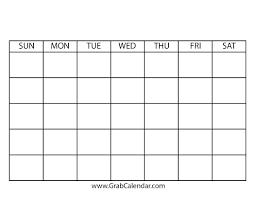|
1. Signals- Make sure we stop the clock on all whistles. Especially, player control fouls.
2. When reporting fouls, work on voice projection, cadence to the table and report what happened at the scene of the foul. 3. In 2 person mechanics, we must switch on all non-shooting fouls. 4. Staying in our primary and “throwing” strikes and not “balls” in our secondary. 5. On “hard” fouls monitoring the individual who was fouled. 6. For “3” person games, I thinking about the possibility of going opposite the table after a foul. 7. Clock Awareness. 8. Trail position- “3” person. Stay side line oriented , move from there to get open angles. Start at 28 foot line. 9. Center position -“3” person. Stay side line oriented, move from there to get open angle. Start at free throw line extended. If the ball is high, get one step low, if the ball is low, get one step high. 10. Lead Position- Starting a little wider in close down position, adjusting from there. Rotating properly. 11. Working on going ball side in “2” person mechanics in the Lead position. 12. Reviewing press coverage “2” and “3” person. 13. Staying with open angles in all “3” positions and not moving out of them. 14. Trail position on free throws in “3” person. 15. Block/Charge plays to the basket “2” and “3” person. 16. Cadence of whistles. 17. Sequencing plays. 18. Communication with table, crew, players and coaches. 19. Professionalism. 20. Above the Ring Scenarios
The importance of eye contact. 10 Quick Tips
Situations where you need good eye contact. 1. On a jump ball, the tossing official must get eye contact with the U-1 before tossing the ball. 2. The U-1 before the jump ball, getting eye contact with the table before the jump ball. 3. The administering official on a throw-in and jump ball receiving eye contact with their crew. 4. On a disqualification or ejection, the administering official must receive eye contact from the table side official before putting the ball in play. 5. On a rotation, the Lead official shall find the eyes of the center official. 6. Before administering a free throw or throw-in, the administering official should get eye contact with their partner(s). 7. On double whistles, both officials need to get eye contact before they signal. 8. When the offense is formulating their offense in the front court, the crew of officials should find each other’s eyes. 9. When addressing players and coaches , get eye contact with them and don’t look away. Also when addressing them have a “poker” face. 10. When reporting a foul, get eye contact with the official scorer. |
Al BattistaAl Battista is regarded as one of the most knowledgeable experts in the field of basketball rules at all levels. In addition to this, he is a well-known clinician and observer of officials. Currently, he is Maryland State and Board 12 Interpreter for scholastic basketball. He has served as an officials’ observer for the NBA and WNBA and is currently the NBA chief scout for officials in the Northeast USA. Archives
June 2024
Categories |
Our mailing address:IAABO Board 12
10606 Cavalier Drive Silver Spring, MD 20901 |
Copyright 2020 by The District of Columbia Approved Basketball Officials Association




